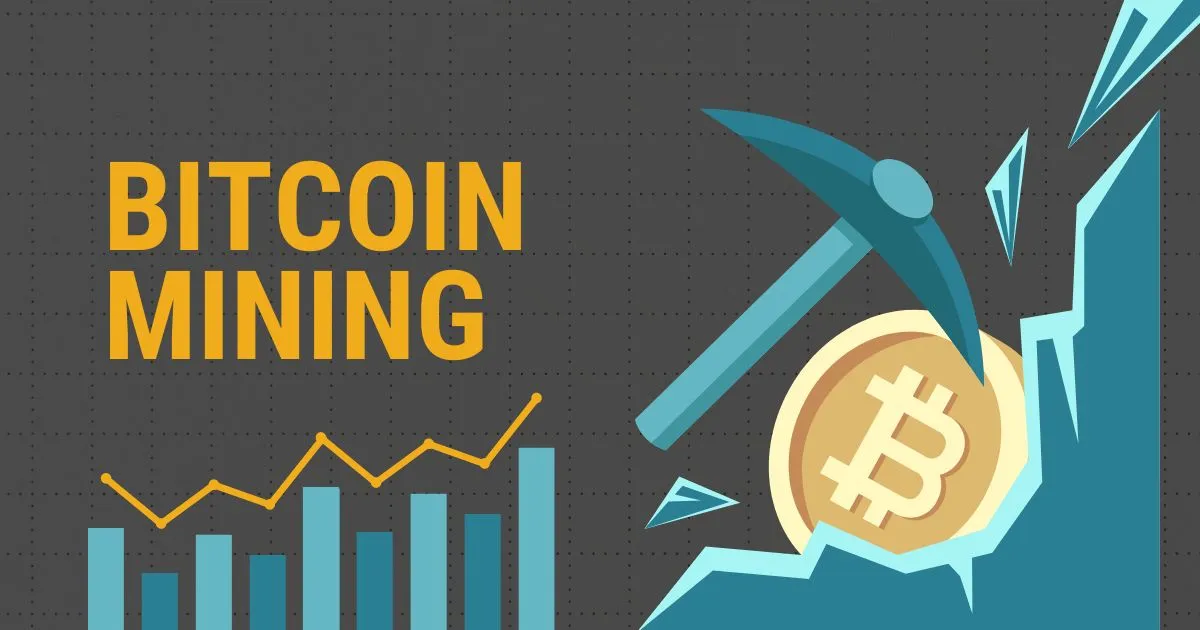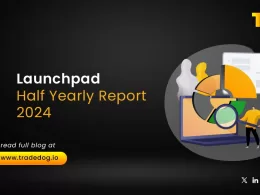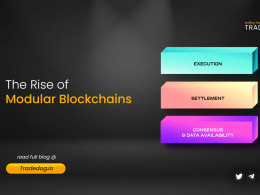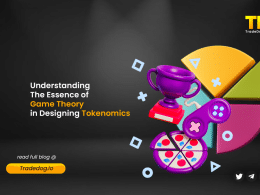Quick Links
As the countdown to the Bitcoin halving event begins, the cryptocurrency world braces for change. This significant event will see mining rewards being halved; with mining rewards halved, miners face an uncertain future. However, in the face of adversity, the Ordinals’ fees present a glimmer of hope. They promise to reshape the future of Bitcoin mining, offering a potential solution to the anticipated revenue drop.
The Bitcoin Halving
Bitcoin halving is a significant event that occurs approximately every four years or after every 210,000 blocks are mined. The first Bitcoin halving took place on November 28, 2012, reducing the block reward from 50 BTC to 25 BTC. The second halving occurred on July 9, 2016, reducing the block reward from 25 BTC to 12.5 BTC. The third and most recent halving happened on May 11, 2020, when the block reward was further reduced to 6.25 BTC.
The halving event is crucial as it controls the supply of new Bitcoins, thereby preventing inflation. It reduces the rate at which new coins are created, making Bitcoin more scarce and potentially more valuable. This inherent scarcity has historically contributed to increased demand and, consequently, potential upward pressure on the price.
The next Bitcoin halving is expected to take place in mid-April 2024. At this time, the block reward will be further reduced from 6.25 BTC to 3.125 BTC. As of February 2024, more than 19 million Bitcoins have already been mined. This leaves under 2 million Bitcoins left to be created. 9,740 blocks are remaining until we reach the target block number of 840,000. The total supply of Bitcoin is capped at 21 million coins. Currently, around 900 new BTC are created daily, but this number will halve to 450 BTC per day post-halving.
The Historical Impact of Halving
The vertical blue lines indicate the previous three halvings
Bitcoin halving is a significant event that has historically had a substantial impact on Bitcoin’s price and the broader cryptocurrency market. Let’s delve into the details of the previous halvings and their impact.
The first Bitcoin halving occurred on November 28, 2012, reducing the block reward from 50 BTC to 25 BTC. At the time of the halving, the closing price was $12.20. In the months following the halving, the network hash rate and difficulty declined as less profitable miners turned off their machines. However, by early 2013, Bitcoin experienced its first significant bull run, surging from $13 to approximately $1,000 by the end of the year.
The second halving took place on July 9, 2016, reducing the block reward from 25 BTC to 12.5 BTC. Similar to the first halving, the price of Bitcoin increased significantly in the year following the event. The price at the time of the halving was $650, and it reached a peak of around $20,000 in December 2017.
The third and most recent halving happened on May 11, 2020, when the block reward was further reduced to 6.25 BTC. The 2020 halving preceded Bitcoin’s dramatic rise to an all-time high of $69,000 in 2021. However, it’s worth noting that the price impacts are not necessarily immediate.
It’s important to note that while halving events have historically been associated with price increases, past performance is not indicative of future results. Various other factors, such as market sentiment, regulatory news, and macroeconomic trends, can also significantly influence Bitcoin’s price.
The Challenge for Miners
The upcoming Bitcoin halving event presents a significant challenge for miners. The halving event reduces the reward for mining new blocks by 50%, directly impacting the profitability of Bitcoin mining. This reduction in rewards can pose challenges for miners, especially those operating with higher energy costs and less efficient hardware.
According to some sources, eleven of the largest publicly traded Bitcoin miners may face profitability challenges if the price of BTC fails to increase significantly after the halving. Their research suggests that miners could find it difficult to operate profitably if the price of BTC remains at the current level after the halving. For instance, Argo Blockchain and Hut 8 Mining are identified as the two miners most likely to face profitability issues after the halving, with their “all in” cost-per-coin rates currently exceeding the current Bitcoin price.
As Bitcoin miners’ revenues are directly tied to the price of Bitcoin, miners may experience increased challenges in ensuring the revenue generated from mining Bitcoin can be profitable after covering operational costs. While this supply reduction is generally viewed as bullish for Bitcoin’s long-term price prospects, it also means that miners with high operational costs could face severe challenges if the price of Bitcoin does not rise sufficiently to cover these costs.
Miners’ Preparation for the Shift
Miners are making strategic preparations to navigate the changes. One of the key strategies is upgrading their mining equipment to increase their efficiency. For instance, Marathon Digital purchased 78,000 units of Antminer S19 XP mining machines, the most efficient machine on the market today. Similarly, CleanSpark announced a purchase of 45,000 Antminer S19 XP mining machines, and Riot Platforms purchased 33,280 next-generation Bitcoin miners from MicroBT.
Another crucial aspect of preparation is optimizing energy use. Energy represents the most considerable cost incurred in Bitcoin mining. Therefore, miners must be able to utilize the cheapest sustainable and renewable energy cost available. Miners are also putting aside cash reserves to manage the immediate cut in the mining reward post-halving.
The Role of Ordinals
Ordinals, unique identification numbers assigned to each satoshi on the Bitcoin blockchain, have opened up a new revenue stream for miners. They have revitalized on-chain activity, generating significant transaction fees for miners. As of February 2024, miners have received over $200 million in transaction fees from Ordinals, representing around 20% of their total revenue.
The advent of Ordinals inscriptions has led to a surge in demand for block space on the Bitcoin network. This increased demand has allowed miners to pack every block mined with more transactions, attracting a more significant percentage of the fees paid by entities inscribing data on satoshis.
In the face of the upcoming halving event, which will reduce block rewards and potentially impact miner profitability, the revenue from Ordinals transactions offers a significant boost. This additional revenue helps miners navigate the challenges brought about by halving and sustaining their operations.
Conclusion
As we approach the upcoming Bitcoin halving event, the outcome remains uncertain. The halving event, which reduces the block rewards by half, poses significant challenges for miners. However, the rise of Ordinals and the revenue generated from associated transactions offer a potential lifeline. These Ordinals have revitalized on-chain activity, generating significant transaction fees for miners. This additional revenue stream could help miners navigate the challenges brought about by halving and sustaining their operations in the evolving mining landscape.
However, it’s important to note that a price increase after a halving event isn’t guaranteed. The historical trend of price increases post-halving does not necessarily predict future outcomes. Broader macroeconomic conditions, market sentiment, and regulatory news can significantly influence Bitcoin’s price. Therefore, while Ordinals offer a promising alternative, miners, investors, and other participants in the Bitcoin ecosystem should remain aware of these factors and the inherent volatility of the cryptocurrency market. As always, careful analysis and consideration are crucial when navigating the complex landscape of cryptocurrency.













